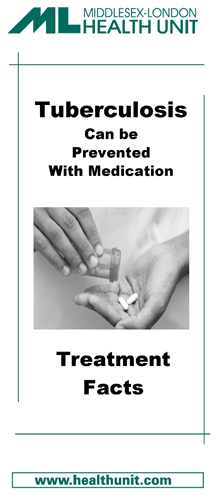Table of Contents
- What is inactive TB?
- Is inactive TB contagious?
- How is inactive TB treated?
- How do I find out if I have inactive TB?
- Can inactive TB turn into active TB?
What is inactive TB?
Breathing in TB germs does not usually make a person ill because the body’s immune system is able to control the infection. The TB germs remain in the person’s body, but are inactive and not growing. Inactive TB is also known as TB infection or latent TB. People with inactive TB are not sick and cannot spread TB to others.
1 out of 3 people in the world has inactive TB.
Is inactive TB contagious?
Inactive TB is not contagious and cannot be spread to others. TB can only be spread when inactive TB becomes active. Inactive TB can turn into active TB when the person’s immune system can no longer control the TB germ. The following people with inactive TB are most likely to get active TB:
- very young children
- elderly people
- People who have a lot of stress
- People who do not have a good immune system
- People with certain medical conditions
